Unmasking Mardi Gras
While much of the country hunkers down under a blanket of snow after the start of the new year, the City that Care Forgot celebrates with masquerade balls, a whole lotta music, and even more parades. But this preeminent bucket-list party still has much that many revelers may not know.
It's A Religious Holiday: Lent Eve
Although parades are full of revelers of all denominations in or around the processions, Mardi Gras, and the time leading up to it, is inherently a Catholic celebration. In liturgical timelines, Carnival begins after the twelfth day of Christmas—the Epiphany on January 6.
Much like Halloween, Mardi Gras marks the day to blow off steam before a restrictive holy day. Carnival continues until the day before Ash Wednesday, which is the start of Lent, the most solemn time in the Catholic church prior to Easter. Lent represents Jesus' fasting in the desert before being crucified. Mardi Gras—the French translation of "Fat Tuesday"—is the last day to indulge in excess before the 40-day fast begins at midnight on Ash Wednesday.

Nobody Does it Better
While Mardi Gras often encapsulates celebrating the Carnival season of masquerade parties and over indulgence, the term refers to a single day. The partying is recorded to have been celebrated since Medieval times in heavily Catholic countries, long before the U.S. was "discovered." These include Italy, Germany, Russia, Brazil, Trinidad and Tobago, Poland, United Kingdom, and, of course, France. Rio de Janeiro in Brazil may be one of the few Mardi Gras celebrations to rival the Big Easy's multi-week fete.
Sweet Home Alabama

When discovered in 1699 by the French pioneering Le Moyne brothers on Lundi Gras, "Louisiane" was originally comprised of parts of eastern Texas, Alabama, Mississippi, and, of course, Louisiana. In 1702, its first capital was established in Mobile, AL. Boeuf Gras (another name for Fat Tuesday referring to a fatted calf) was observed in Mobile the following spring of 1703.
New Orleans was established 16 years later; however, the holiday was not regularly celebrated in the Crescent City until the 1730s. A Louisiana state holiday as of 1875, NOLA has eclipsed Mobile as the epicenter of Fat Tuesday revelry.
Better to Grant Permission
From the birthplace of Mardi Gras in the U.S., Mobile's mayor issues annual proclamations to "allow" New Orleans to celebrate Mardi Gras.
"In previous years, we have presented a tongue-in-cheek proclamation giving New Orleans and other cities permission to conduct their festivities," confirmed Mobile spokesperson, Jason Johnson. "This was always done in the spirit of revelry and with respect for New Orleans."
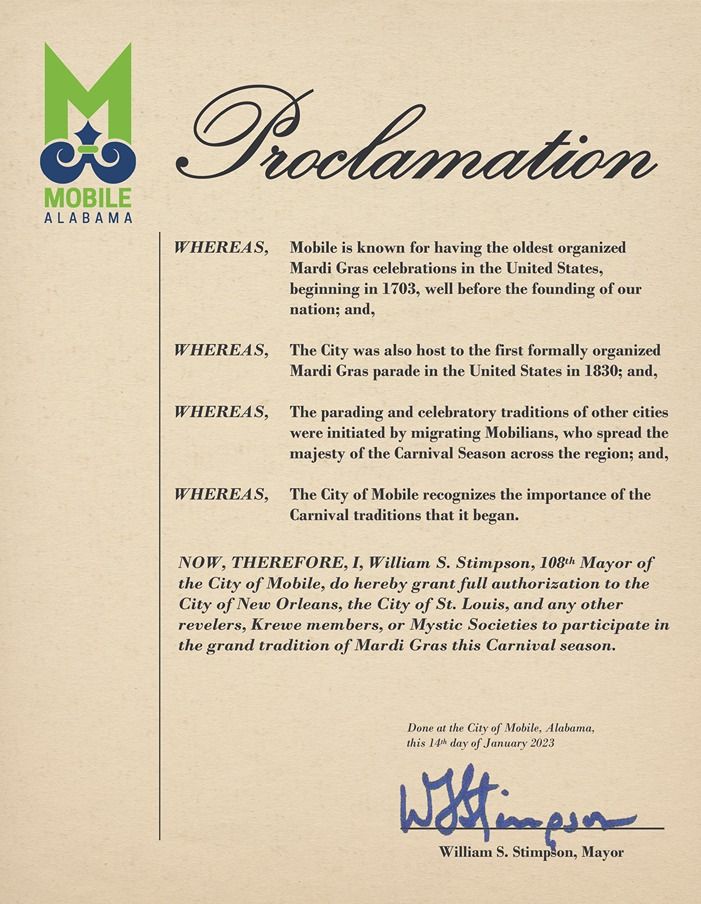
There is no record of New Orleans ever refusing the honor.
The French Connection
Beyond the Gulf region, St. Louis, MO and Portland, ME are intertwined with Louisiana's historical colonial French heritage. As a result, both cities also officially recognize Mardi Gras.
Piece of Cake
Carnival begins on the Epiphany, when the three wise men arrived at the manger to recognize Jesus as the Christ Child. Also known as King's Day, it should be no surprise that the Christmastime pastry became known as the king cake, complete with a hidden plastic baby.
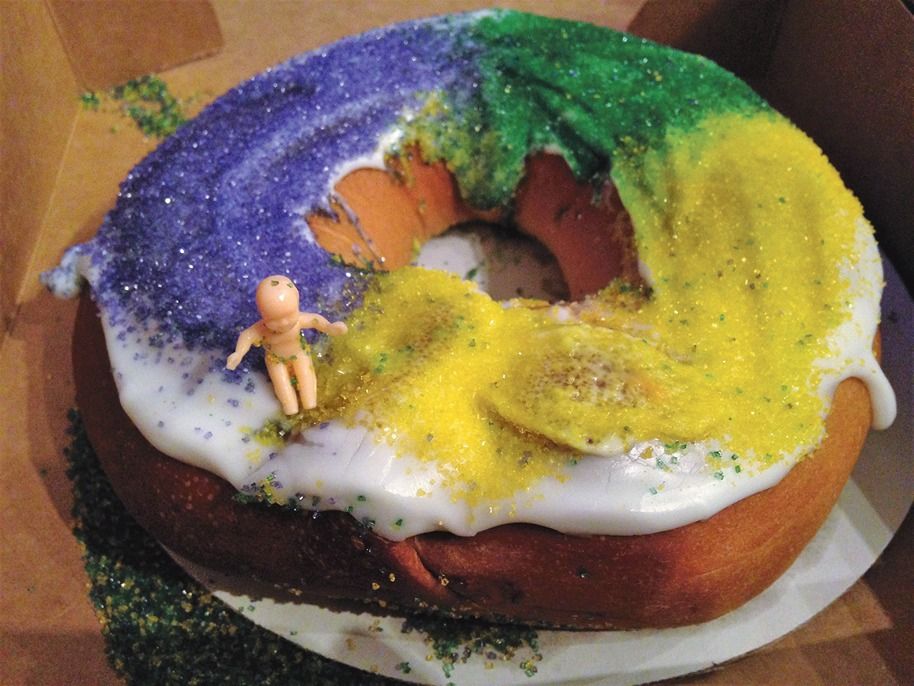
King cakes are decorated with the Mardi Gras colors of purple, green, and gold frosting. Some believe the colors represent each of the three kings. Others say, perhaps, they represent their three gifts to Jesus: myrrh, an embalming oil (purple as the color of death); frankincense, an incense (green representing God); and gold (God's kingship on earth). The reality is that the Rex Organization used the Romanoff family colors in honor of the visiting Russian Czar in 1872, they just stuck: justice (purple); faith (green), and power (gold).
The baby? The Virgin Mary's newborn child, of course. Which might actually make it a birthday cake.
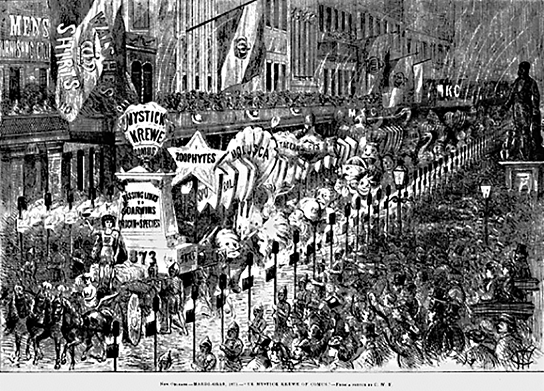
Making the Bucket List
Promoting Mardi Gras was one of the earliest tourism campaigns. After the Civil War, the former-Confederate port city was still struggling to recover economically during Reconstruction and was desperate to re-engage trade with the northern cities. Recognizing an opportunity, New Orleans media and word-of-mouth campaigns began driving interest in the event, bringing Northern dollars down south, bolstering the economy. If you throw it, they will come.
Made in Tulane
Some say that a group of Tulane students in colorful costumes, dancing in the streets on Mardi Gras Day in 1827 was the origin of parades, with the first official parade in 1837. The oldest established krewe, The Mistick Krewe of Comus, first meandered along Julia S. to St. Charles Ave. in 1857. New Orleans parades haven't been the same since.
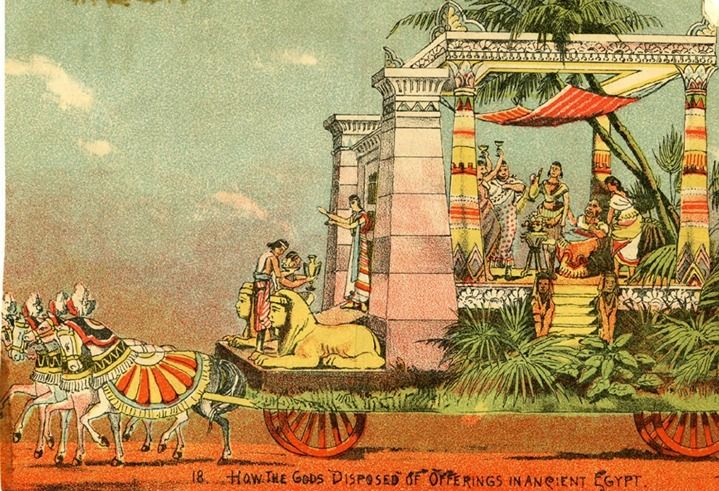
Have a Ball
Author Arthur Burton LaCour notes the Comus Ball in 1857 on Gravier Street as New Orleans' first Mardi Gras ball. Since that initial party, MardiGras.com approximates that 137 Carnival balls are scheduled annually, kicking off the season with the Twelfth Night Ball each January 6, by—who else?—the Twelfth Night Revelers. If you are invited, it's important to note that despite the parades featuring colorful and outlandish costumes and masks, the corresponding balls are generally black tie.
The Masked Parader

Even before selfies and social media, respected pillars of New Orleans society still did not wish to have their drunken indiscretions during Mardi Gras celebrations made public. So a law was passed to protect the guilty: "Wearing of masks, hoods, or other facial disguises in public places prohibited…exceptions; permit to conduct Mardi Gras festivities." This, along with N95 medical masks, made masking legal.
No Mardi Gras for You
While Fat Tuesday cannot be canceled as a holiday any more than Ash Wednesday or the subsequent Easter, the revelry can be. The 2021 pandemic was only the latest of 14 times New Orleans stopped letting the good times roll.
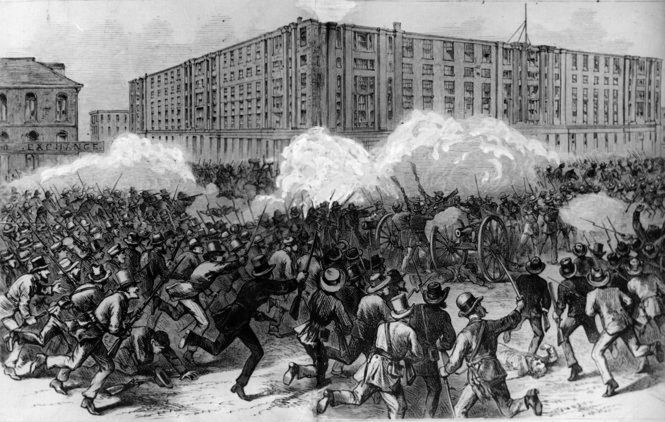
1979 New Orleans Police strike
1951 Korean War
1942-1945 World War II
1919 Spanish Flu pandemic
1918 WWI
1879 Yellow Fever
1875 White Supremacist unrest
1862-1865 Civil War
The Meaning of Life
The Intergalactic Krewe of Chewbacchus is a legally recognized religion in Louisiana, with the late Peter Mehew (who played Chewbacca in the Star Wars franchise) as their "patron saint." This non-profit designation earns the krewe charitable legal tax-exempt status in Louisiana—as well as getting married by a wookie— according to one of a founding Men-in-Black members. This subsequently helps ensure membership dues will forever remain $42, which any Hitchhikers Guide to the Galaxy fan will tell you, is the answer to the meaning of life—unfortunately no one knows the question. But all are welcome, so members do not need to convert to the sci-fi krewe. However you roll, may the force be with you.

